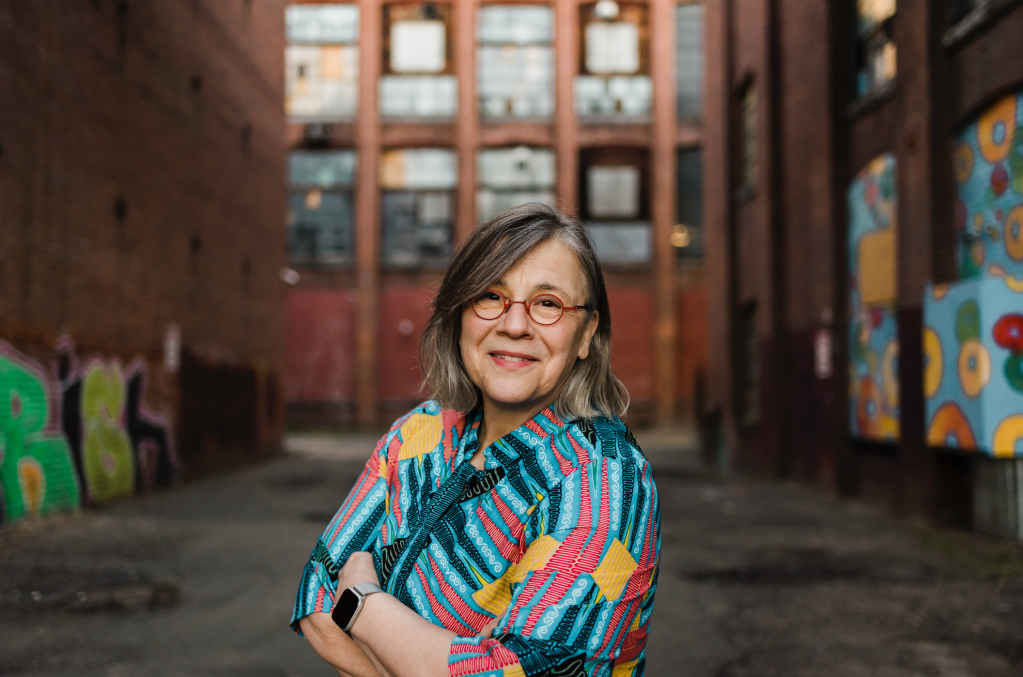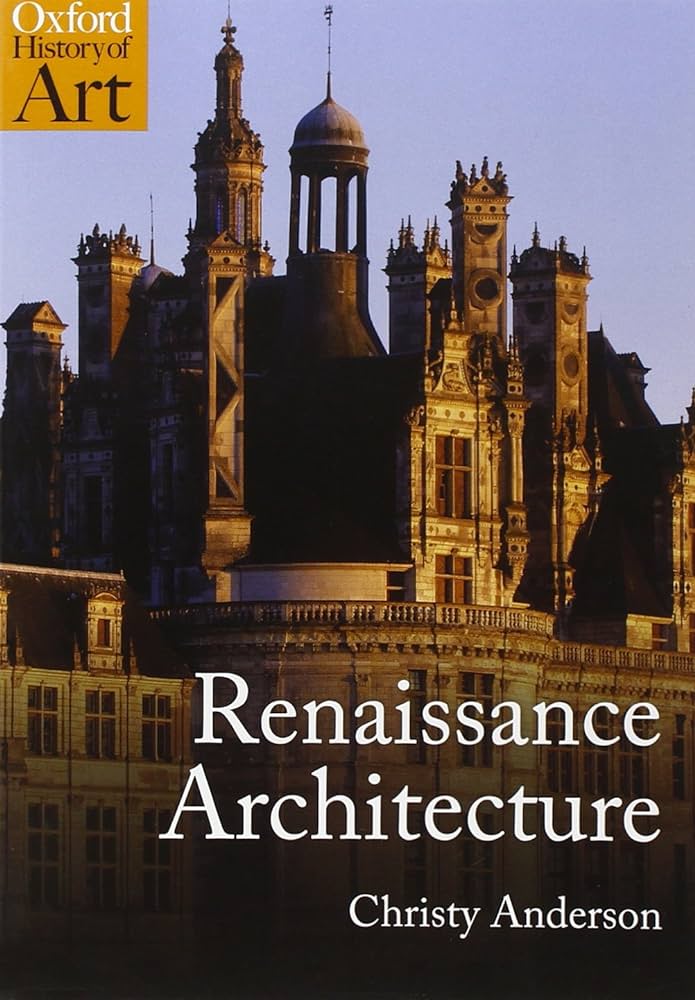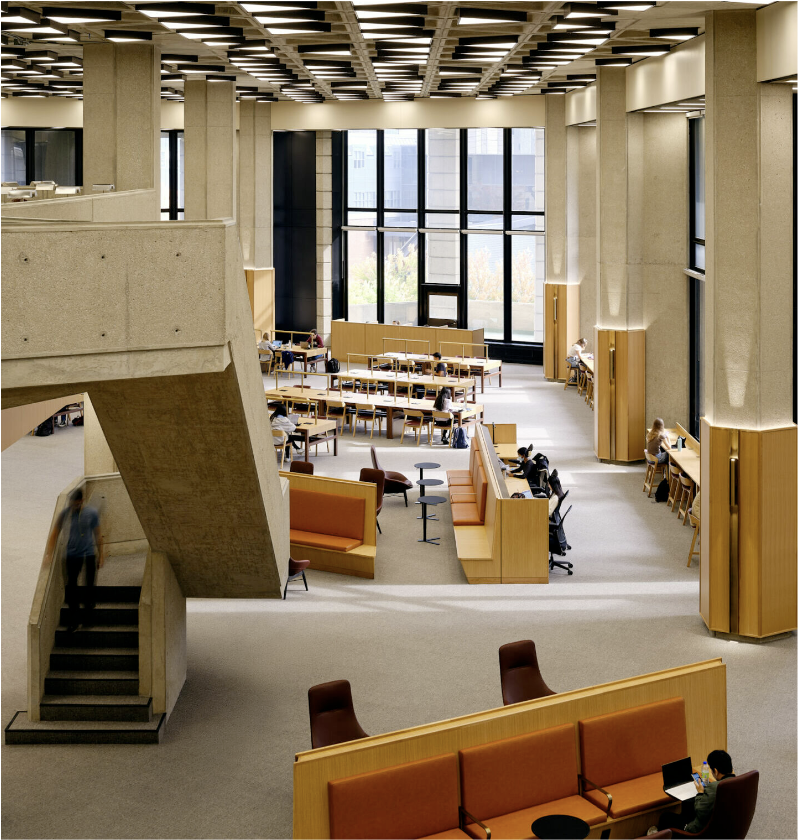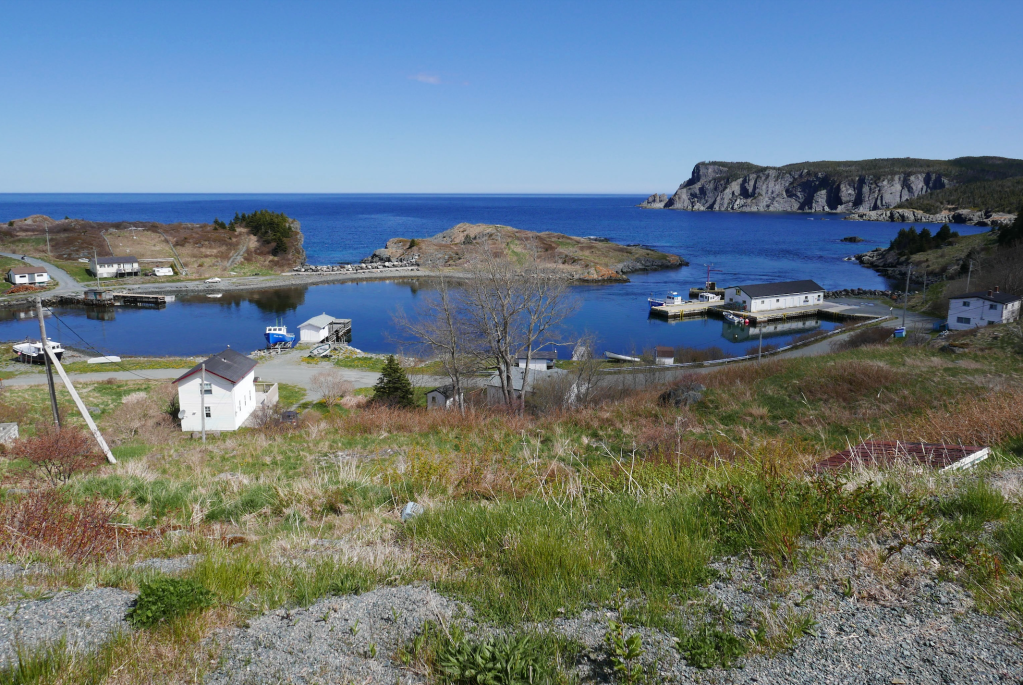To continue the Canada Constructed interview series, we spoke with Christy Anderson, Ph.D, Professor in the Department of Art History and Daniels Faculty of Architecture. We asked her about the global influence of Canadian architecture, how building practices connect architecture to a particular place, and the new and exciting projects she’s working on. Scroll down to read more!
Tell us a bit about yourself!

I have been a professor at the University of Toronto for 20 years. My home department is the Art History department, but I’m also a faculty member at the Daniels Faculty of Architecture. I teach primarily architectural history courses at the undergraduate and graduate levels. Before coming to UofT, I received my doctorate in Architectural History and Theory from MIT. I’ve taught at Yale, the Courtauld, and MIT. I also spent five years in England, where I was a Junior Research Fellow at Oxford and a Kress Fellow at the Courtauld when I was a doctoral student.
What first interested you in Canadian architecture?
What really got me interested in Canadian architecture was when I took a job here at UofT. Although I had been to Canada many, many times (I went to Expo ‘67), once my family and I moved up to Toronto in 2005, I realized there was a huge empty place in my knowledge about Canadian architecture. Especially when Joseph Clarke came to teach here, we realized we needed to be doing more about Canadian architecture. One of the things I’ve become more interested in, which overlaps with my own research, is the earliest moments of interactions between Indigenous peoples and European settlers and what were the kinds of structures, landscapes, and interventions at that moment (16th – early 17th century). The final thing that fascinated me is far Northern architecture, especially Indigenous structures, which I’d love to work on more.
What do you think is the global influence of Canadian architecture? Is there a specific example or style that has had a notable international influence?
Canada has had a whole period/series of moments in time where concrete was used in really interesting ways, and it’s had a tremendous influence on Brutalism/Brutalist architecture. Concrete was an unfavourable material for a long time, but now people are rethinking how it can be used and how mega-urban structures can be recreated.
“Many people working on brutalism and concrete materials look to Canada to study it because some of the best examples are here.”
One of the things you’re working on right now is the meaning of materials in European architecture. Can you talk about the use of indigenous/locally sourced materials in Canada and their impact on design?
My interest in materials started a long time ago and came about because I was commissioned to write a new history of European Architecture. I travelled to places I had never been to before, and one of the things that really struck me was that although I had been educated by my profs to think a lot about style, ornament, and Classicism, I realized what a limited viewpoint that was and it is so much more important to think about what buildings are made of because most of the time building materials are very local. The idea of talking about how architecture connects to a particular place was really fascinating to me but I was coming at it from a very European side of it. So, when I came to Canada and started working on things like Indigenous buildings practices, I realized that looking at how people who had been living in a place for a very long time used local materials allowed me to think about it in a different way. I gained an environmental perspective and it reshaped how I thought about European architecture.

It also made me rethink the earlier projects I was working on, and I think that’s a really fun part of my scholarship.
Do you have any exciting projects you’re working on or coming up with?
I’m working on a project about ships, and ships as architecture (particularly early-modern period). Specifically, at a series of ships and ship captains, and why they were crossing the north Atlantic. One of the parts of this project is to look at the migratory fishery, the pattern of fishing that started at the end of the 15th- century, and the building of what ended up being temporary structures by Europeans along the Maritimes (especially Newfoundland). I’m really interested in how these structures interacted with the people living there. Additionally, I’m publishing the specific case studies, and working on another new project. It’s a combination of a memoir and history in which I’m writing about boats in the 16th and 17th century and how important boats were for globalization, empire building, resource extraction, etc. In the memoir portion, I’m writing about my own childhood on the boat I grew up on. It’s something I haven’t thought about in many years, but I realized what an important thing it was for me to have grown up on a boat off the coast of Connecticut. So, this is kind of a new genre of writing for me, but I’m very excited.
Is there a specific building or space in Canada that you think is a must-see?
I LOVE Robarts Library, so that’s the first building or space that comes to mind as a must-see. I especially love the gorgeous new student spaces on the 4th floor of Robarts. It’s a big, soaring, and grand space that feels like the interior of a Medieval cathedral and it’s really bringing out the best in the building. Overall, I think it’s lovely for students to have a space that is not just serviceable, but also inspiring.

Credit: https://www.superkul.ca/projects/robarts-library-4th-floor-reading-room/

Credit: Christy Anderson
Thinking about Canada in general, one of the places I have been is Newfoundland and I could not believe how beautiful the landscape was. The bays, rockyness, and maritime landscape is beautiful.
Thank you for talking with us, Christy!
We hope that you enjoyed this interview. Be sure to follow us on social media or subscribe to our newsletter for further updates!
